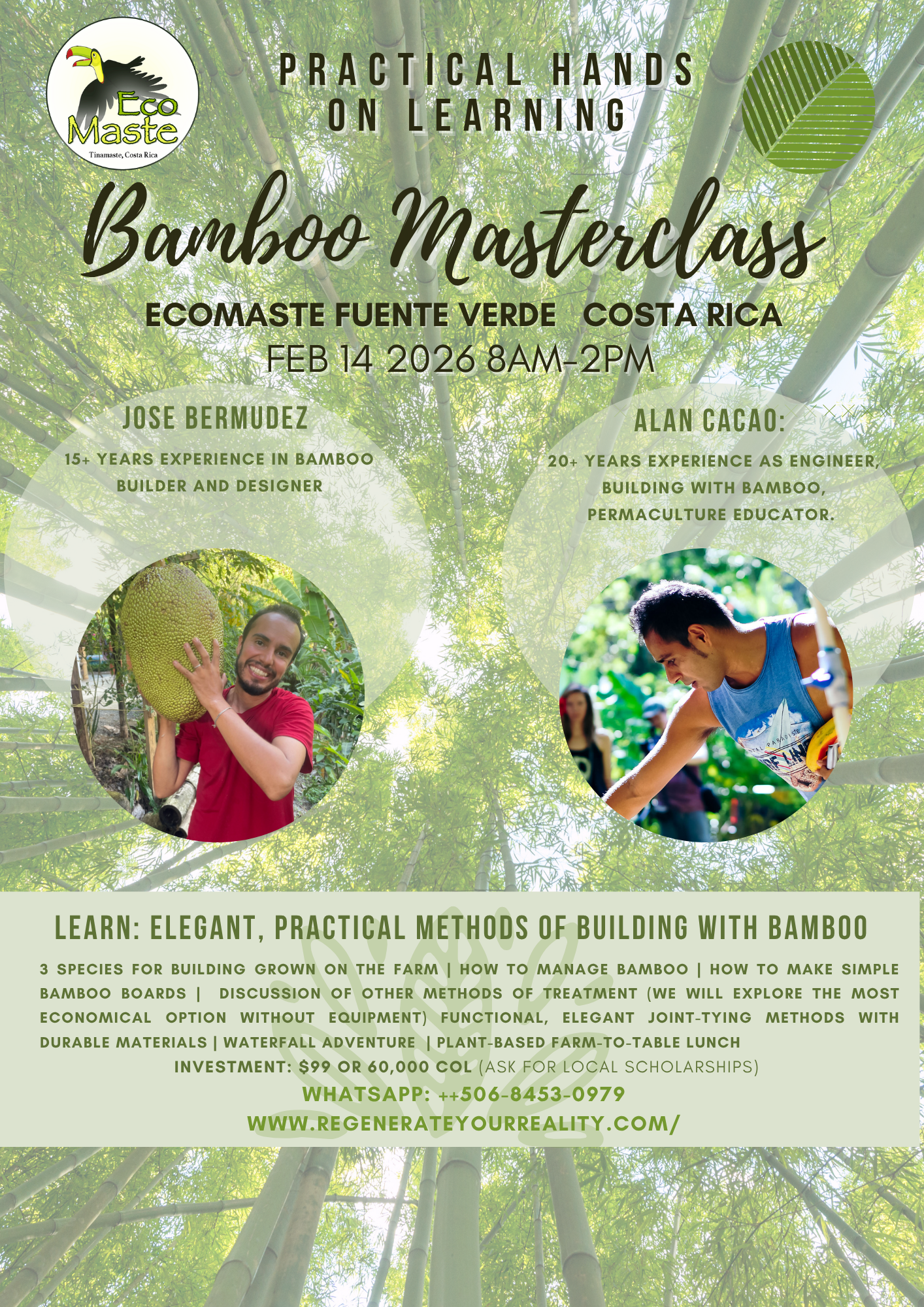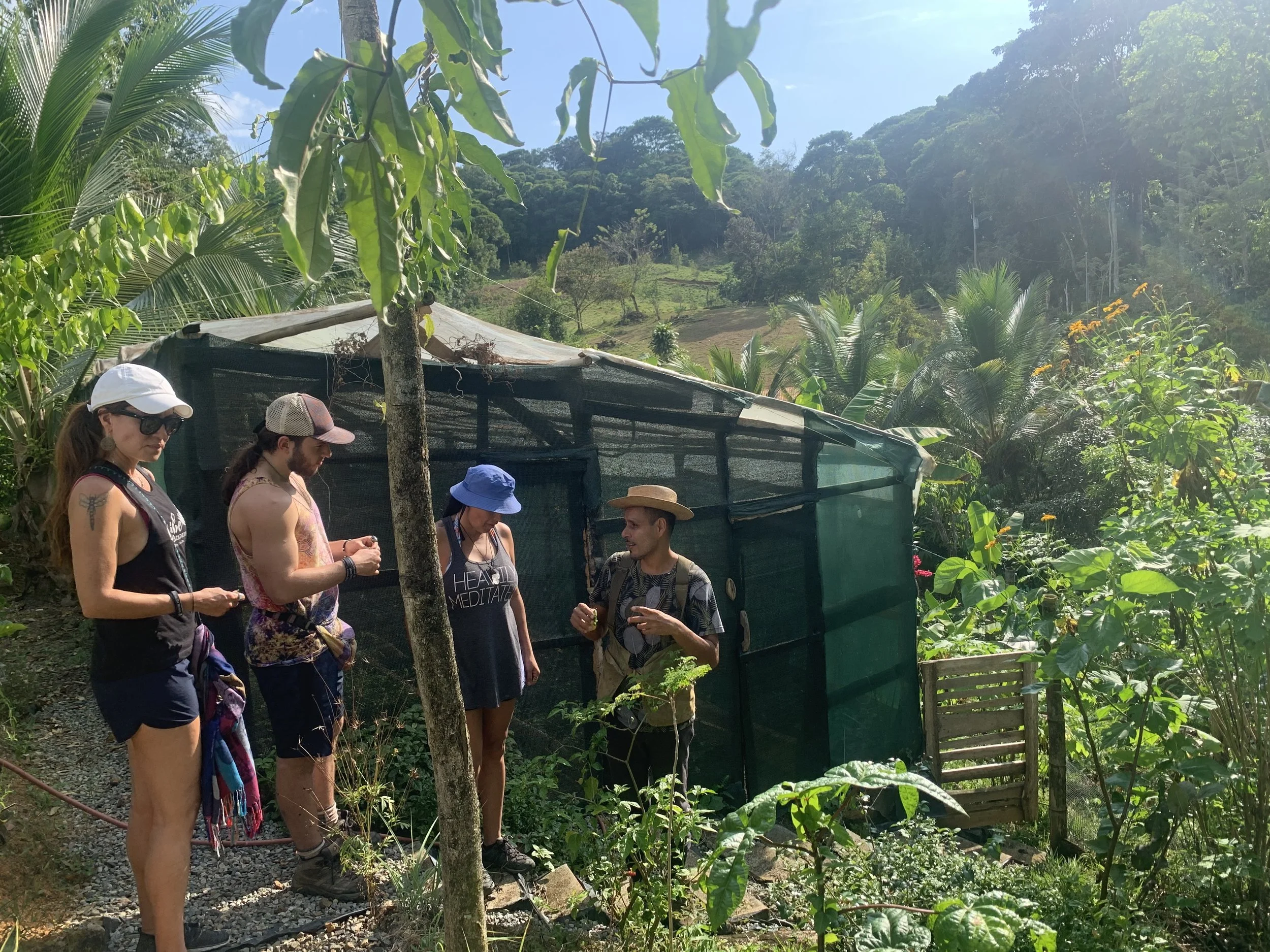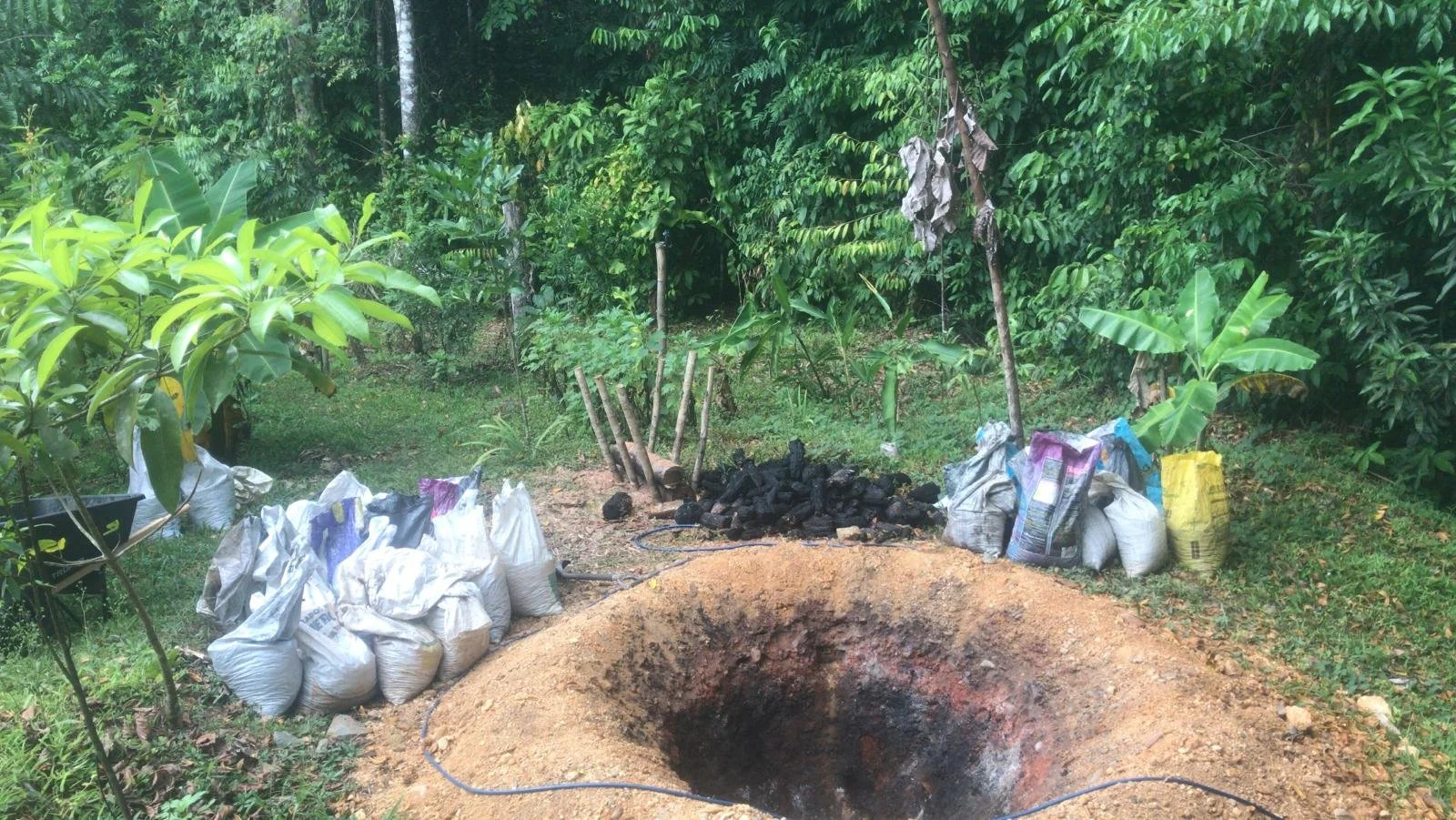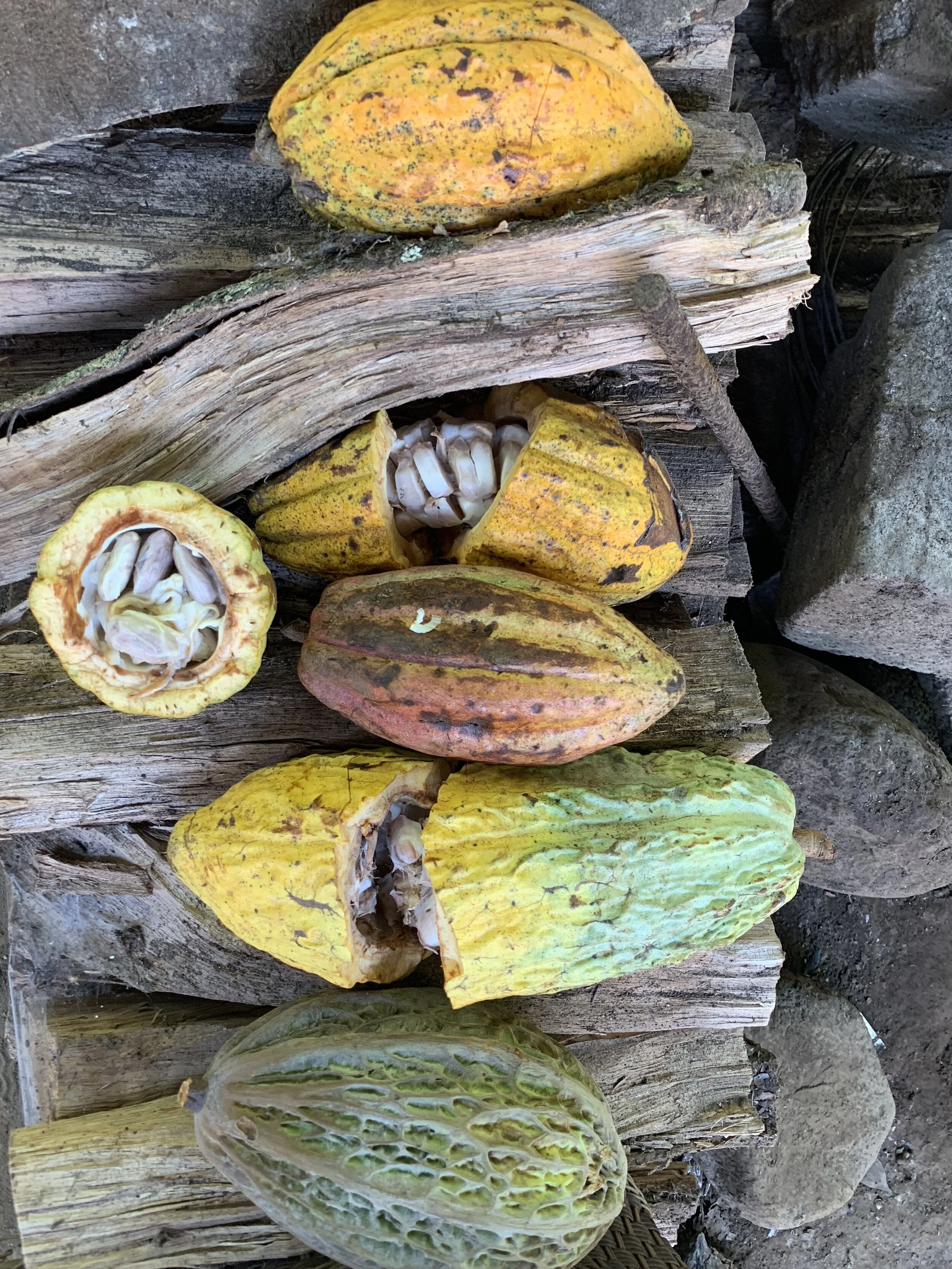2026 Event Schedule
Beyond Gratitude: Action, Community, & Rooted Change 🌱
Can you imagine what could happen if millions of us made a daily commitment to have a positive impact and bring peace and regeneration to our communities?!
As the year winds down and we look back and reflect on another cycle, we once again ask ourselves, and you:
How can we make a difference and leave our home better than we found it?
Here is a glimpse at some of our impact this cycle—our answer to that question:
Since we launched our online courses we have graduated over 850 students.
This year we helped 5 clients regenerate their lands,
planting 2,350 support plants, trees & edible medicinals.
We supported Jungle Project's Trees, Training & Trade program,
reached 435 children with our children's book initiative, Nourishing Our Garden & the Earth and hands-on garden planting,
and co-hosted a seed exchange, giving away thousands of plants to hundreds of farmers and homesteaders.
And we are stewarding 8 acres of land with thousands of support plants, medicinals, and fruit trees.
How are you working to create the world you want to live in?
“Permaculture is a powerful holistic tool for designing conscious relationships with everything that surrounds us: our Mother Nature, plants and animals, our human communities, and all the energy that flows in our lives. Our ancestors used many of these tools to thrive. We can also use these tools to restore Mother Nature and society and reverse the impact of human destruction.
”


























